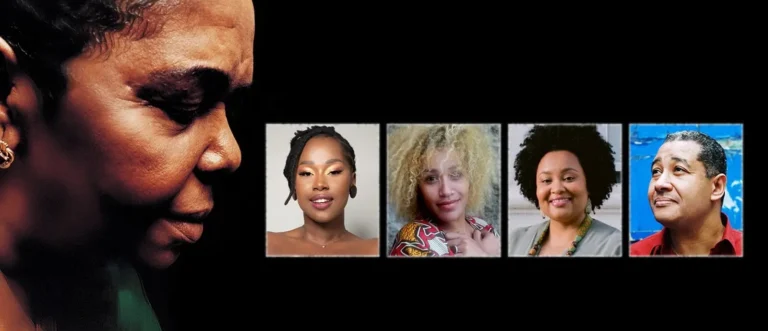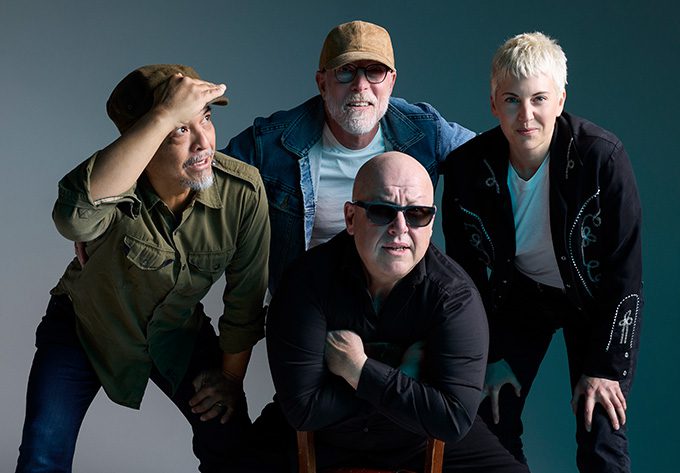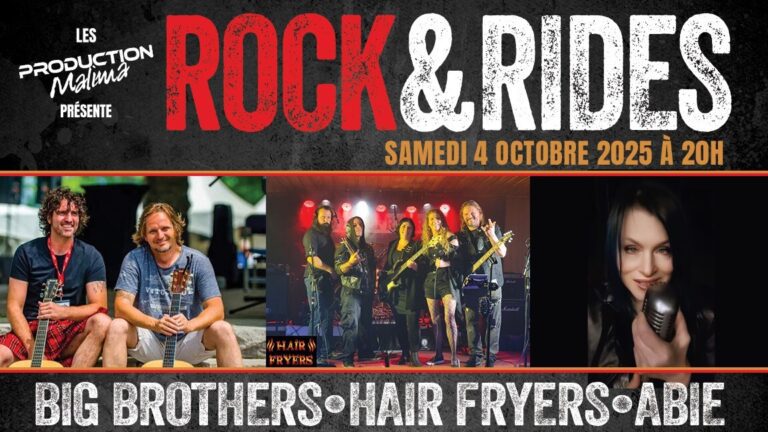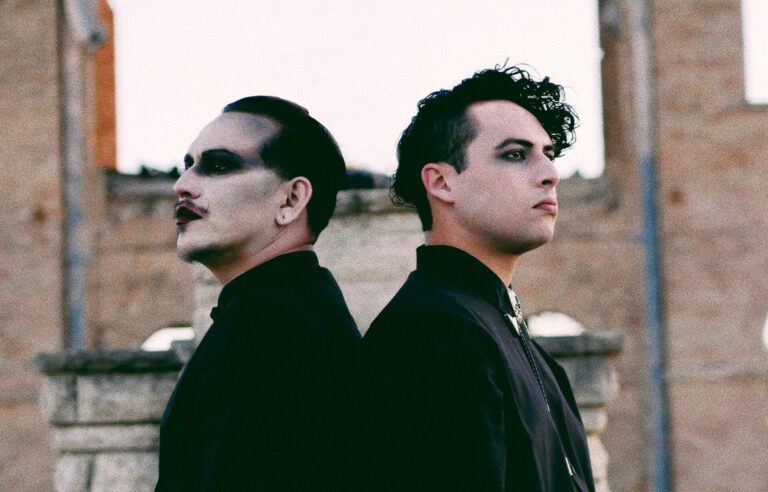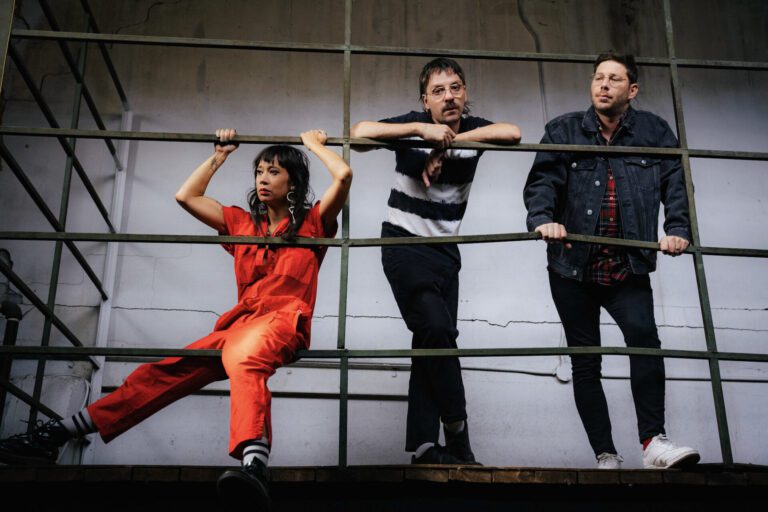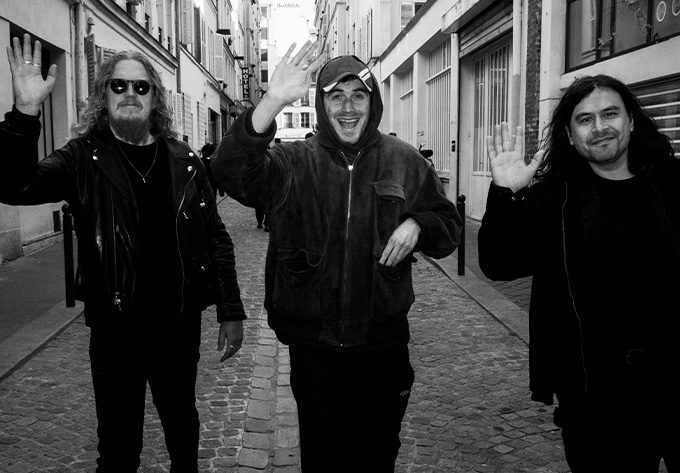Le Cesária Évora Orchestra réunit la crème des chanteuses et des musiciens du Cap-Vert autour de la musique de la diva aux pieds nus. Elida Almeida, Ceuzany, Lucibela et Teófilo Chantre, et d’anciens membres du groupe de Cesária Évora s’arrêteront à Montréal pour célébrer ce magnifique répertoire.
Cesária Évora est incontestablement la chanteuse la plus célèbre du Cap-Vert. Avec son timbre mélancolique si caractéristique et son style inimitable, elle a conquis des millions de cœurs et captivé les publics du monde entier. Et Montréal ne fait pas exception. Avec sa voix et son authenticité pieds nus sur scène, elle a conquis le public lors de plusieurs visites mémorables renforçant à chaque passage un lien spécial avec les Montréalais et les amateurs de musique du monde.
C’est en 2014, soit trois ans après la disparition, que ses anciens musiciens ainsi que de grandes voix actuelles se sont réunis pour reprendre la route pour célébrer son magnifique répertoire de la diva aux pieds nus et le style unique de la musique capverdienne.
Une soirée au Théâtre Maisonneuve de la Place des Arts qui promet non seulement un hommage inoubliable à la grande Cesária Évora, mais aussi de célébrer la richesse de la culture capverdienne, comme une brise chaude et tropicale.
The Cesária Évora Orchestra brings together the finest singers and musicians from Cape Verde to celebrate the music of the legendary “barefoot diva.” Elida Almeida, Ceuzany, Lucibela, Teófilo Chantre, and former members of Cesária Évora’s band will make a stop in Montreal to honor this magnificent repertoire.
Cesária Évora is undoubtedly the most famous singer from Cape Verde. With her uniquely melancholic voice and unmistakable style, she won the hearts of millions and captivated audiences worldwide. And Montreal is no exception. Performing barefoot with her soulful voice and authenticity, she mesmerized audiences during several unforgettable visits, strengthening a special bond with Montrealers and world music lovers with each performance.
In 2014, three years after her passing, her former musicians, along with some of today’s most prominent Cape Verdean voices, reunited to take her timeless repertoire back on the road, celebrating both the “barefoot diva” and the unique essence of Cape Verdean music.
This special evening at Théâtre Maisonneuve, Place des Arts, promises not only an unforgettable tribute to the great Cesária Évora but also a celebration of Cape Verdean culture—like a warm, tropical breeze.
POUR ACHETER VOTRE BILLET, C’EST ICI!
Ce contenu provient de la Place des Arts et est adapté par PAN M 360
